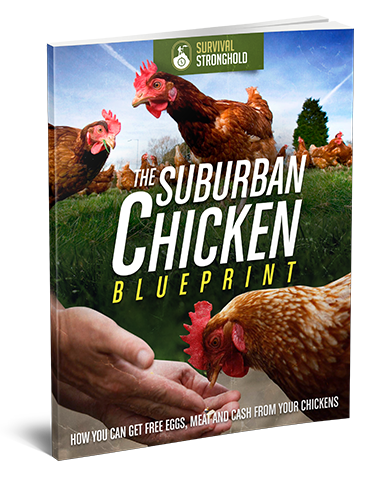We all know how many unpronounceable additives there are on ingredient labels these days, and it can be overwhelming trying to decipher even seemingly natural food brand’s ingredients. Because we don’t all have time to Google every ingredient in the supermarket isle, here are five healthy-sounding ingredients that should be avoided.
Enriched Wheat
Enriched wheat has long been recommended by doctors as a nutritious way to consume wheat, but it’s actually far from healthy. As real nutrients are stripped from the wheat in modern refining, enriched wheat and flour simply has synthetic nutrients added back in. Enriched flours of all kind should be avoided.
Soy Lecithin
A lot of people seem to be waking up to how unhealthy soy is, and this innocent-sounding soy product is hidden away in a lot of very healthy looking food products. This emulsifier is really just a nasty bi-product of soy oil production, full of chemical solvents and pesticides.
Natural Flavor
The word “natural” essentially means nothing these days-especially on food labels. The same rule applies to natural flavor. What most people think when they read this, and understandably so as this is what it literally means, is flavors derived from natural sources. But the problem with “natural flavor” is it can be almost anything-including forms of MSG. Vegans in particular should take note-these can often come from strange chemicals derived from beaver glads or beetle shells.
Corn
While your Ezekiel brand sprouted corn tortillas are probably safe, many food products have all sorts of super-processed corn derivatives and the majority of the time it’s going to be GMO. It’s nearly impossible to determine if you’re buying organic or GMO-free corn these days.
Canola Oil
Canola oil has been commonly marketed as a healthy oil for decades, but it is in reality far from healthy. “Canola” is not actually a plant but simply a marketing term for the oil commonly derived from rapeseeds. Agro-giant Monsanto created Roundup-ready rapeseeds in the 90’s, and now roughly 90% of the world’s rapeseeds are GMO.
If you liked that, you might also like:


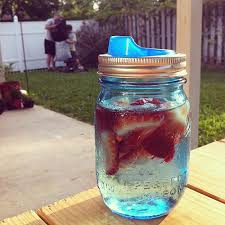 special bottle or pitcher just for infusing, but you don’t have to. Infused water is essentially soaking fruits or herbs in water for a boosted nutritional content and delicious flavor. Popular options are lemon, lime, cucumber, mint, and berries. Even just a few slices of lemon in a pitcher of cold water is guaranteed to have you forgetting about soda in no time.
special bottle or pitcher just for infusing, but you don’t have to. Infused water is essentially soaking fruits or herbs in water for a boosted nutritional content and delicious flavor. Popular options are lemon, lime, cucumber, mint, and berries. Even just a few slices of lemon in a pitcher of cold water is guaranteed to have you forgetting about soda in no time.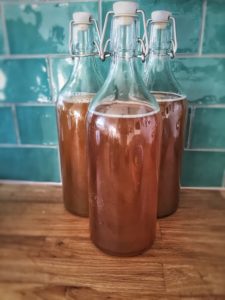 are brewed the kombucha or kefir organisms consume the caffeine and sugar and convert them to a healthy, fizzy, delicious probiotic drink. This is also a great option if you’d like to scale back on beer or wine as well, as they have a similar strong flavor as beer and wine but without the high alcohol content.
are brewed the kombucha or kefir organisms consume the caffeine and sugar and convert them to a healthy, fizzy, delicious probiotic drink. This is also a great option if you’d like to scale back on beer or wine as well, as they have a similar strong flavor as beer and wine but without the high alcohol content.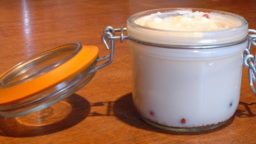
 but, like making your own bread or canned products, also gives you a sense of control over what is going in your soap and knowing it’s safe. If you can get over the fear of working with lye, soap-making can be a blast, and odds are you won’t go back after you’ve tried it. Just make sure to follow basic safety precautions and you’ll be making all your family members homemade vanilla-lavender-coconut suds in no time!
but, like making your own bread or canned products, also gives you a sense of control over what is going in your soap and knowing it’s safe. If you can get over the fear of working with lye, soap-making can be a blast, and odds are you won’t go back after you’ve tried it. Just make sure to follow basic safety precautions and you’ll be making all your family members homemade vanilla-lavender-coconut suds in no time!
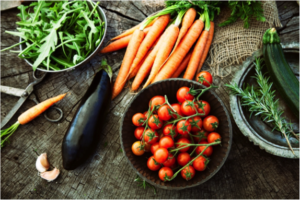
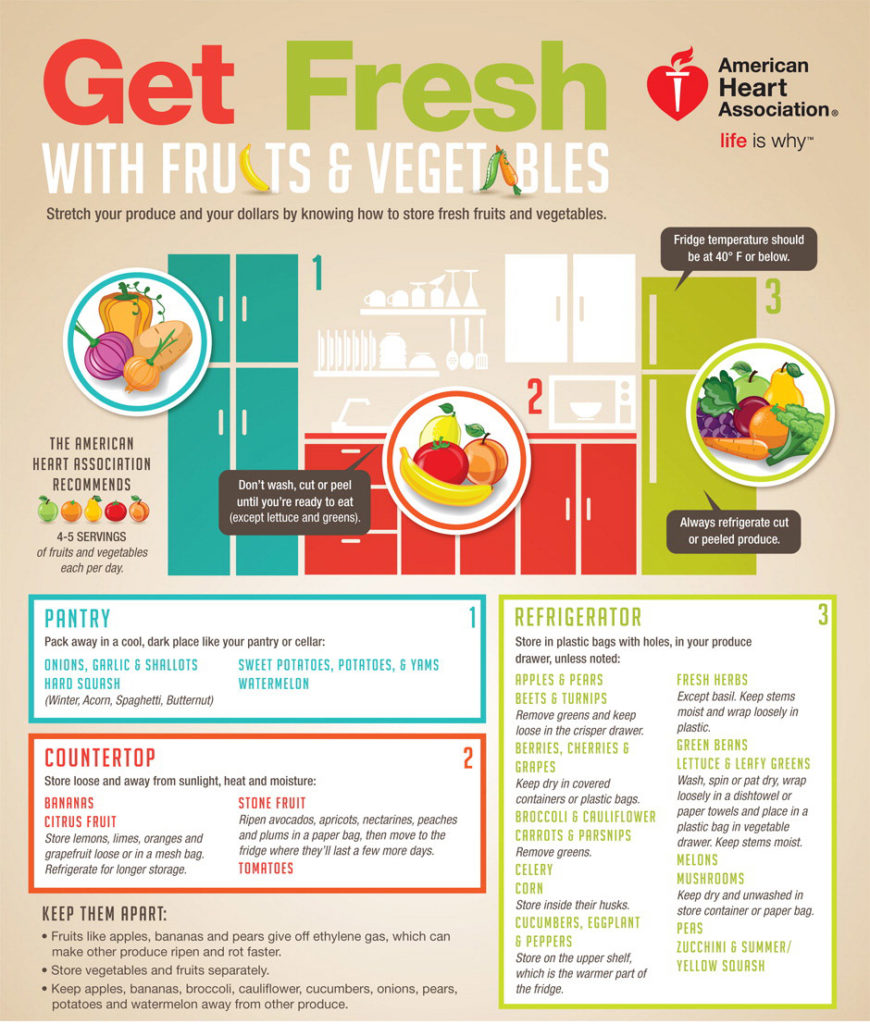
![The Suburban Chicken Blueprint [eBook]](https://homesteaderdepot.com/wp-content/uploads/2016/06/featured_chicken-848x400-256x144.jpg)
